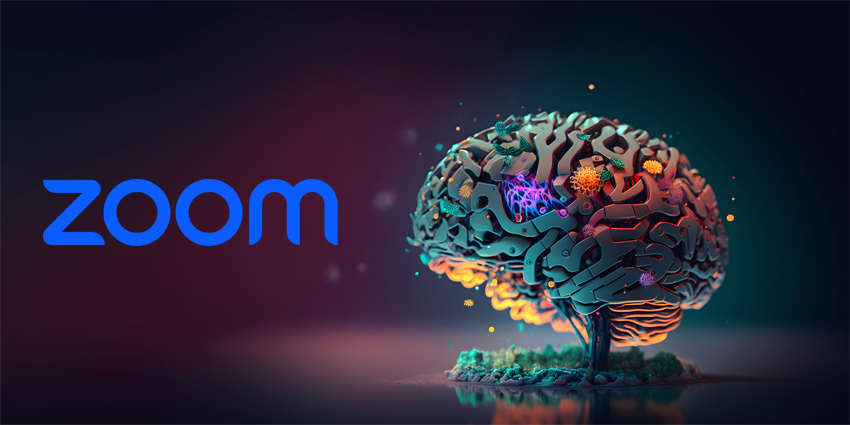Cisco has announced two new CCaaS packages: Webex Customer Experience Basic and Webex Customer Experience Essentials.
Unveiled at this week’s Webex ONE event, both are extensions of Webex Calling, adding contact center features to the solution.
However, Cisco has tailored both packages for separate use cases.
Webex Customer Experience Basic targets smaller businesses that don’t need a fully-fledged CCaaS platform.
Instead, they simply wish to extend their UCaaS platform – whether that’s Webex or Teams – so employees across the business can engage with customers.
The Basic offering enables that, with Cisco describing it as “a collection of features that deliver call center-like functionality.”
Meanwhile, Webex Customer Experience Essentials goes deeper and targets businesses that already have a formal contact center operation but want employees from across the enterprise to chip in.
Whether that is to leverage their specialist knowledge or, more simply, to support service teams in handling massive shifts in customer demand – it builds a bridge between the contact center and the broader business.
As such, external employees don’t need to log into a contact center platform to contribute, but they may do so through Webex Calling, which offers a familiar environment.
In addition, businesses won’t have to fork out for new contact center seats. After all, Cisco customers will expect Customer Experience Essentials to come at a lower cost – although Cisco hasn’t yet released its pricing plan.
Alternatively, Basic is free – but will not include as deep a set of features.
These Offerings Showcase Cisco’s Foresight
Last week, CX research firm Metrigy published a report that reflects on how the definition of a “contact center agent” is changing.
It found that 47 percent of companies allow employees outside the contact center to support agents in resolving customer issues or closing sales.
Moreover – of those businesses – 30 percent of employees help out when needed in the contact center, conversing with customers.
Metrigy singled out this trend as a critical factor in the recent uptick in fully-staffed contact centers – reaching a seven-year high.
Yet, it also highlights how contact centers are swelling beyond their traditional silos to not only leverage external expertise but also to challenge traditional problems – such as attrition.
In releasing Webex Customer Experience Essentials, Cisco gets ahead of this trend and provides a differentiator that may tempt more of its legacy base into the cloud.
There, they may facilitate a bridge between the Webex Contact Center and external employees to create a more cohesive customer service strategy that works for the enterprise.
That has proved more of a challenge for Cisco in recent years, with larger contact centers more cautious to migrate to the cloud. As such, the vendor hasn’t enjoyed the same CCaaS success as it has in the midmarket.
However, that’s changing, with its Webex collaborations portfolio – which comprises CCaaS, UCaaS, and CPaaS – getting a much-needed boost last quarter.
Analysts have credited this with a change in strategy. Now, more Cisco sales teams are bundling Webex alongside its security and networking portfolio to sell more.
Now, with the launch of Customer Experience Essentials, Webex may gain further momentum.
Yet, Webex Customer Experience Basic may also help, giving SMBs a taster of the Webex Contact Center for free. That may prove worthwhile in the long run as they grow and consider leveraging additional contact center tools.
New Updates to the Webex Contact Center
Alongside its new offerings, Cisco has released a series of AI innovations for its core CCaaS platform: the Webex Contact Center.
First is an AI-powered burnout detection tool, which spots when agents are flagging and triggers breaks that allow them to reset.
Moreover, the solution offers real-time coaching after a challenging contact, aiming to help agents reset and move into a better headspace before their next engagement.
Alongside this are new GenAI-powered tools: “conversation summaries” and “suggested responses”.
The former provides a summarization of a conversation – whether that is with a live or virtual agent – that passes onto the next agent in the case of an escalation. That allows them to continue the interaction from where it dropped off.
Moreover, the solution offers real-time coaching after a challenging contact to help agents move into a better headspace before their next engagement.
Onto the suggested responses feature. This uses GenAI across digital channels to understand customer intent and scan internal data and knowledge bases, looking for the answer. It then automatically suggests a response, which the agent can review, tweak, and send.
Excited by the potential of these new capabilities to improve agent experiences, Jeetu Patel, EVP & GM of Security and Collaboration at Cisco, stated:
Our commitment to nurturing the well-being of agents means that businesses can build a foundation for growth, empower innovation, and provide exceptional experiences to their customers.
Cisco customers won’t have to wait long to test these tools and build towards the “exceptional” customer experiences Patel mentions.
Indeed, the vendor plans to move the agent burnout feature into beta test before the year’s end, with the suggested responses capability likely to follow in February 2024.
Meanwhile, Cisco expects the Webex Customer Experience package to be generally available within the first half of next year.
For more of our coverage from Webex One, check out the following stories:
- Sinch Launches Sinch Calling with Rival Webex
- Outreach Integrates AI Insights Tech with Webex
- Webex Go with AT&T Hits General Availability







